How does Atatus handle context propagation between different services in a distributed environment?
Atatus uses standard context propagation mechanisms like HTTP headers (e.g., Trace Context headers) or messaging protocols (e.g., AMQP, Kafka) to propagate trace and span context between services.
When a request enters a service, it extracts trace context from incoming requests and injects it into outgoing requests to ensure continuity of the trace across service boundaries. This allows Atatus to correlate and aggregate data from multiple services into a single trace.
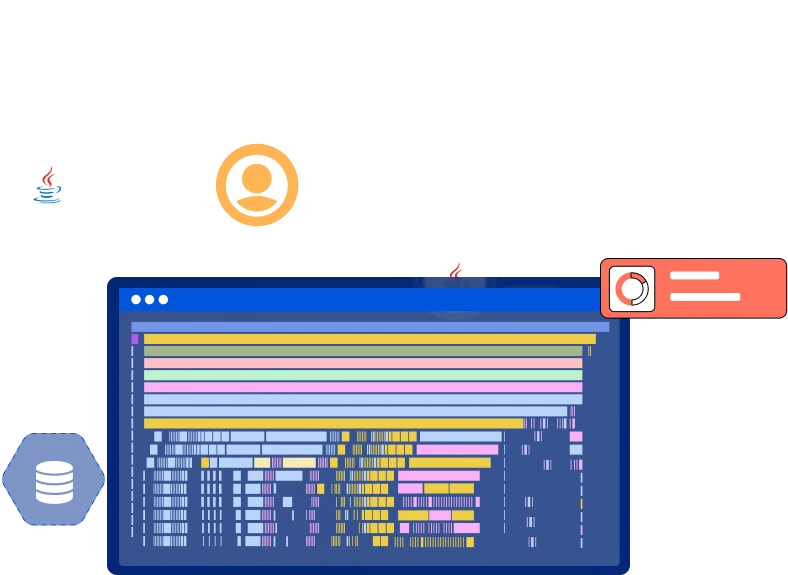







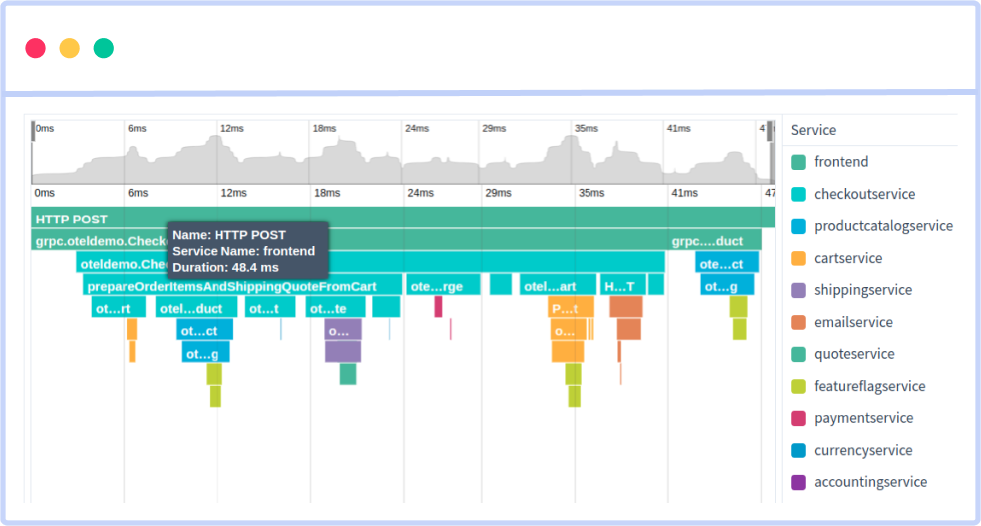
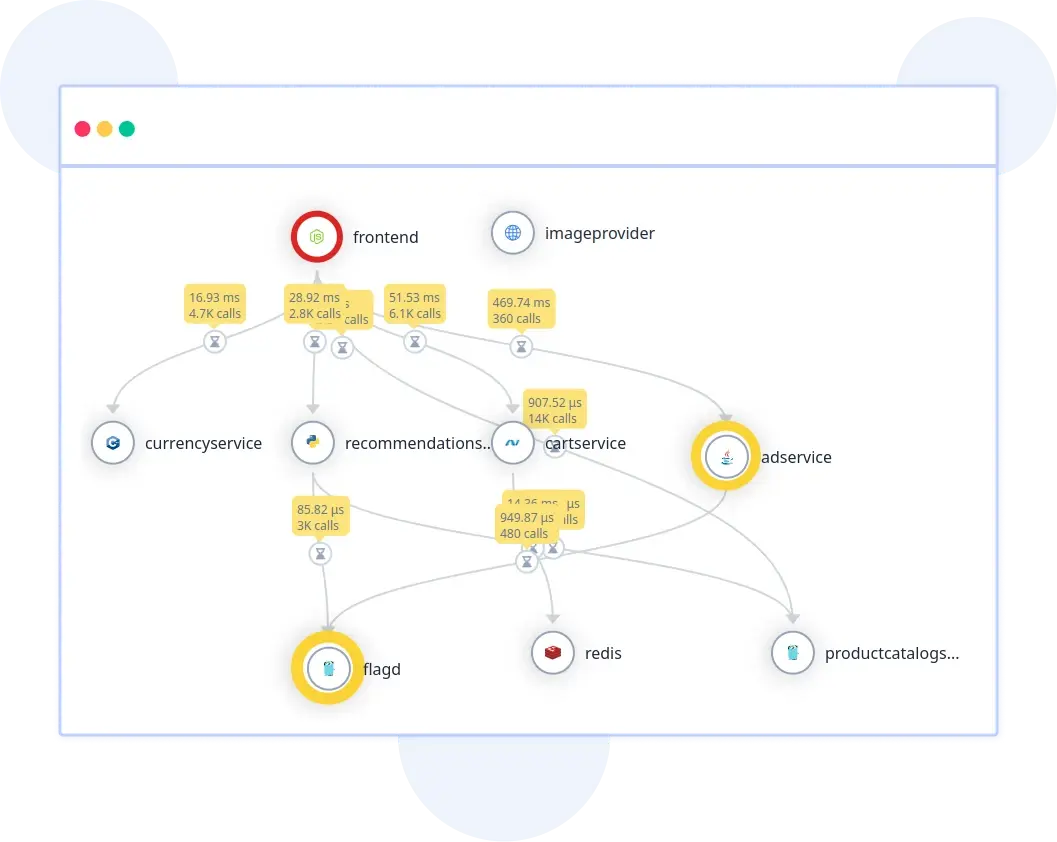
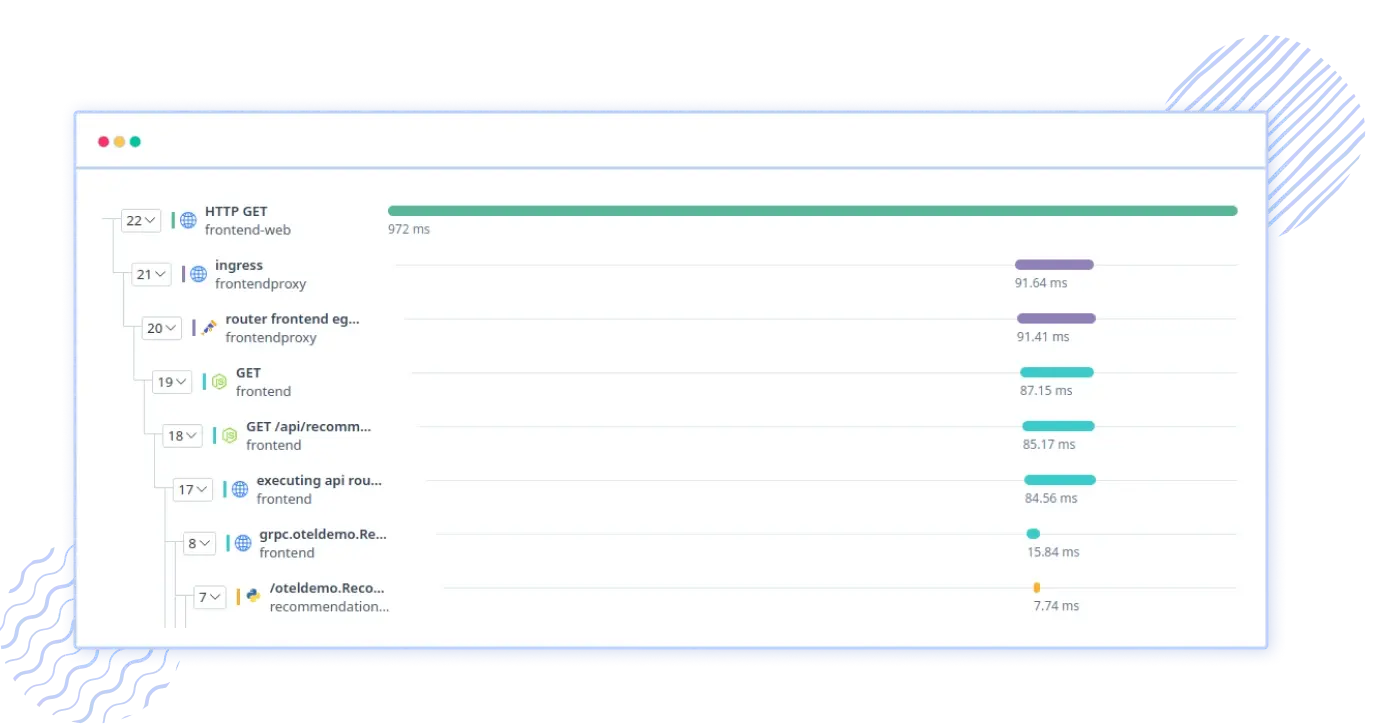
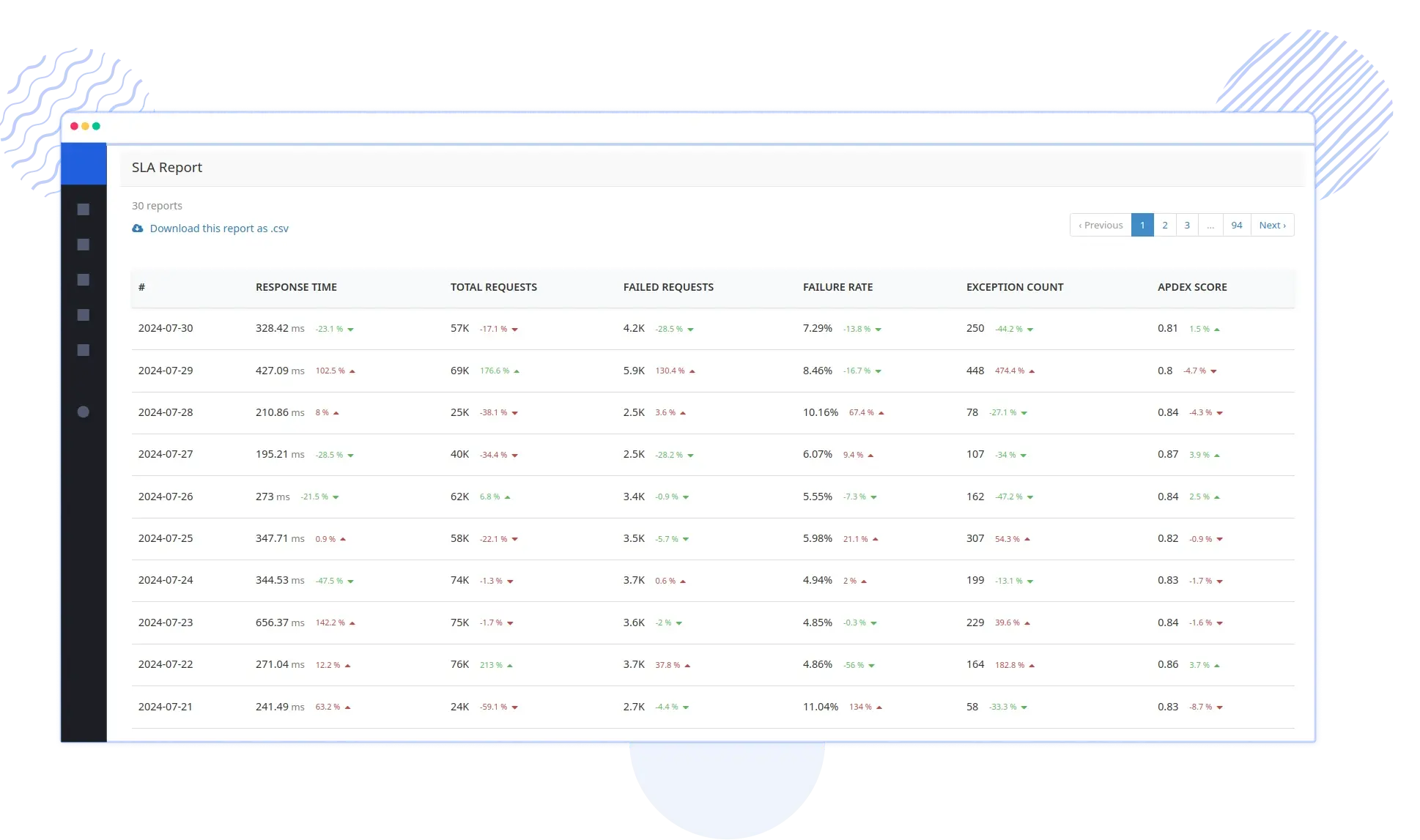



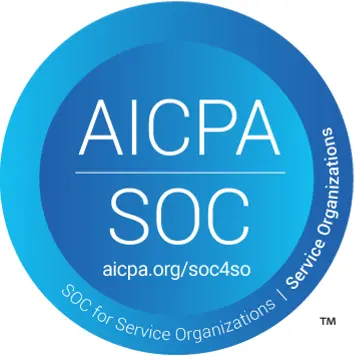



 +1-760-465-2330
+1-760-465-2330


